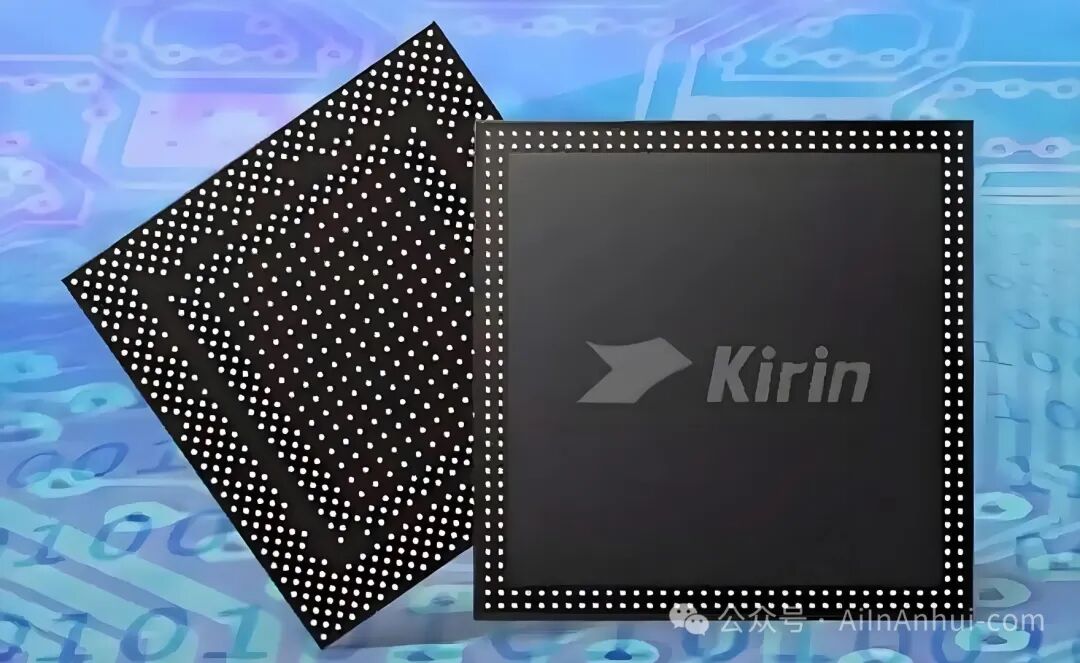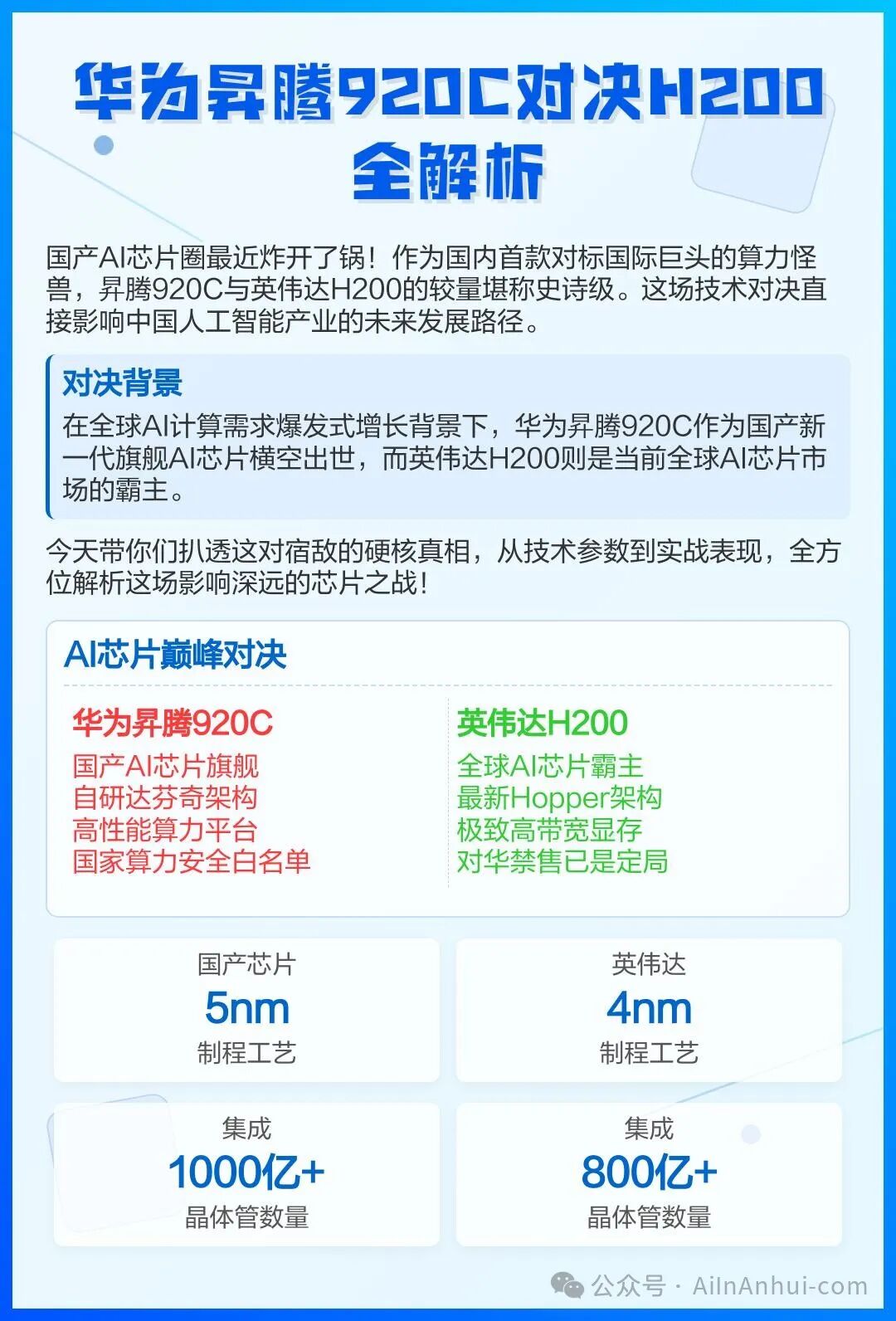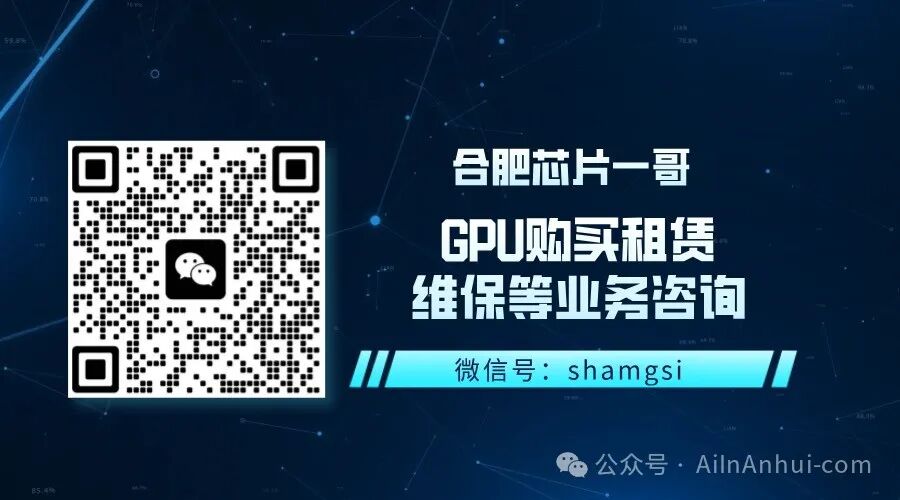Despite the ongoing restrictions by the United States on NVIDIA GPUs exported to China, the latest data released by IDC, a global third-party authority, shows that NVIDIA’s chip shipments remain the largest in 2024.

According to this authoritative report, the gap among the top six is quite significant.

The first place is NVIDIA with 1.9 million, the second is Huawei’s Ascend with 640,000, the third is Baidu’s Kunlun chip with 69,000, the fourth is TianShu with 38,000, the fifth is Cambricon with 26,000, and the sixth is MuXi with 24,000.
Since other brands have very low shipment volumes, all below 10,000, we will not list them here.
From this report, we can draw some conclusions.
1. NVIDIA remains the leader, with a market share exceeding 70%.

In the first quarter of 2024, NVIDIA’s market share was still 80%, but the subsequent decline in shipments over the next three quarters brought the average down to 70%.
Since 2022, NVIDIA has started providing a special version of the H20 for China, which, although only has 1/15 the performance of the H100, is still in high demand, generating $12 to $15 billion in revenue for NVIDIA in 2024.
After the restrictions, NVIDIA is expected to lose at least $5 billion in earnings by 2025.
If you are curious about how well the H20 performs, look at DeepSeek, which has directly used the H20 to train a groundbreaking AI model.

After the new policy comes out in 2025, in the first quarter of 2025, tech companies like ByteDance, Alibaba, Tencent, and iFlytek began to stockpile H20 chips, with total orders reaching an astonishing $16 billion.
While we haven’t seen the specific production volume of H20 in the first quarter, reports indicate that these tech giants’ purchases accounted for 70% of the global H20 production capacity in that quarter.
If the U.S. continues to impose export restrictions, it will inevitably lead to a significant decline in NVIDIA GPU shipments and will force domestic chip companies to increase their R&D investments.
02. Domestic chips are rising, with Huawei standing out.
From this report, it can be seen that Huawei’s Ascend shipments have already reached one-third of NVIDIA’s.
If major tech companies continue to be unable to purchase NVIDIA GPUs, Huawei should be the first choice.
Fortunately, Huawei’s newly launched Ascend 910C can address the urgent needs.

The 910C upgrades the product by packaging two 910B chips, achieving performance approximately equal to 60% of the H100.
In addition to the 910C, there are also some rumors about the more powerful 920C in the industry.
Some authoritative figures are very optimistic about the 920C, even comparing it to the top-tier H200.

As seen in the image, the 920C uses a 5nm process technology, while the H200 uses a 4nm process technology. Additionally, the number of transistors integrated in the 920C is actually 20 billion more than in the H200.
Just looking at these numbers gives the impression that the 920C is not inferior to the H200, which may be overly confident and somewhat self-indulgent; only those who understand will understand.
Current news indicates that leading companies like Baidu and iFlytek have begun procuring Huawei chips to replace NVIDIA chips, while ByteDance seems to be acquiring H100 chips through a data center in Singapore.
It is foreseeable that after the first quarter, driven by market demand and policy incentives, the speed of iteration and updates of domestic chips will significantly increase.
Although the road ahead is long and challenging, everything is moving towards a promising vision.

